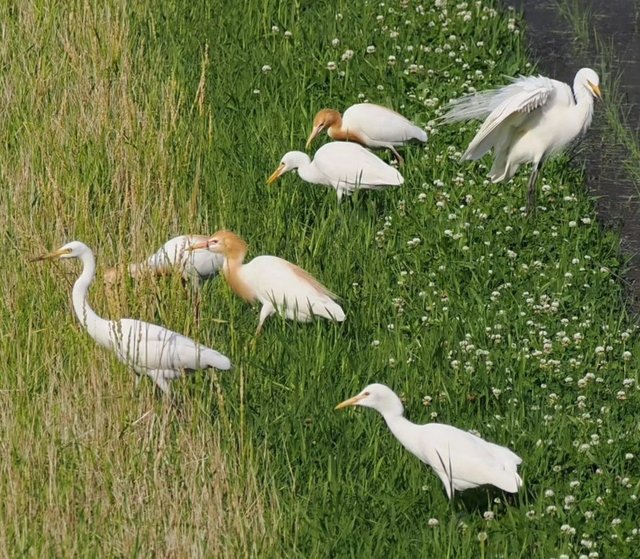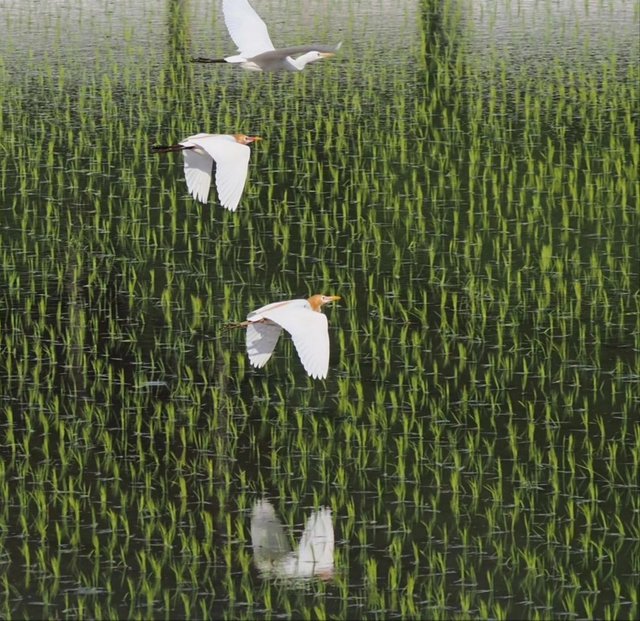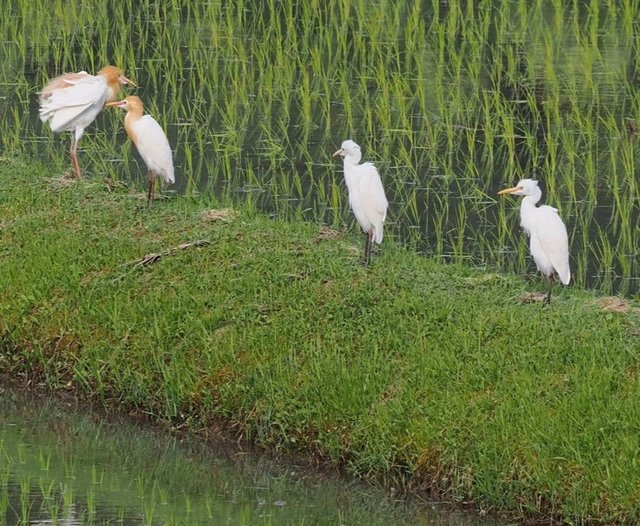Cattle Egret Bird So Beautiful
The Cattle Egret: An Overview of a Remarkable Bird
Introduction
The cattle egret is a fascinating and highly adaptable bird species belonging to the heron family, Ardeidae. Known for its symbiotic relationship with large mammals, particularly cattle, this bird has a unique ecological niche and an interesting history of migration and adaptation. Originally native to parts of Asia, Africa, and Europe, the cattle egret has successfully expanded its range to the Americas, Australasia, and beyond, making it a true global species.
Physical Characteristics
Cattle egrets are small to medium-sized birds, with a body length ranging from 46 to 56 cm and a wingspan of about 88 to 96 cm. They have a relatively short, thick neck and a stout, yellowish bill, which turns bright red during the breeding season. Their legs are typically yellow to orange, also changing color to a more intense red during courtship.
In non-breeding plumage, cattle egrets are mostly white, which provides excellent camouflage in open fields and marshes. During the breeding season, they develop striking buff-orange plumes on their head, chest, and back, giving them a distinctive appearance.
Habitat and Distribution
Originally, cattle egrets were native to the warmer regions of the Old World, including parts of Africa, southern Europe, and southern Asia. However, their remarkable adaptability has allowed them to colonize new territories across the globe. They first arrived in South America in the late 19th century, likely aided by strong winds and storms. By the mid-20th century, they had spread throughout much of the Americas, including the United States, and have since been observed in regions as diverse as Australia and New Zealand.
Cattle egrets are highly versatile in their habitat preferences. They are commonly found in open grasslands, agricultural fields, wetlands, and pastures. Their presence is strongly associated with livestock, as they often forage near grazing animals, taking advantage of the insects and small vertebrates stirred up by their movement.





Breathtaking pictures :D